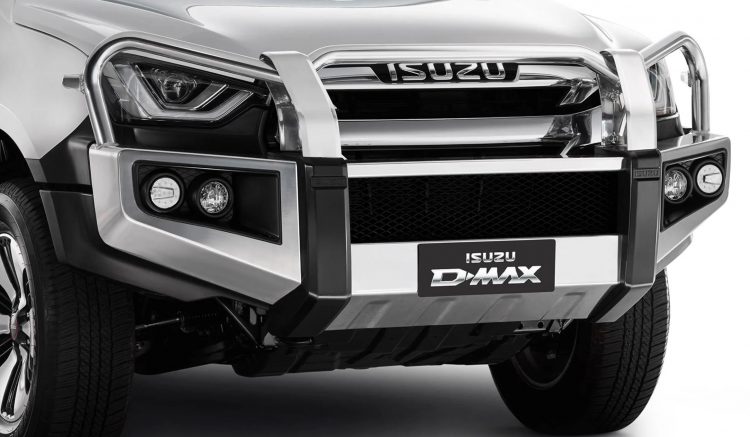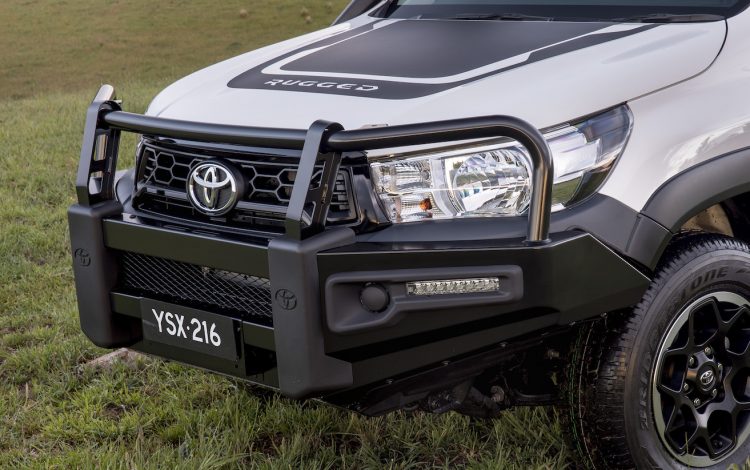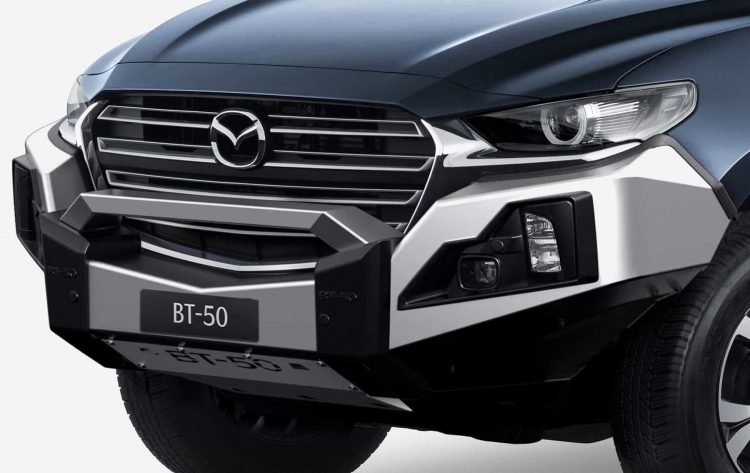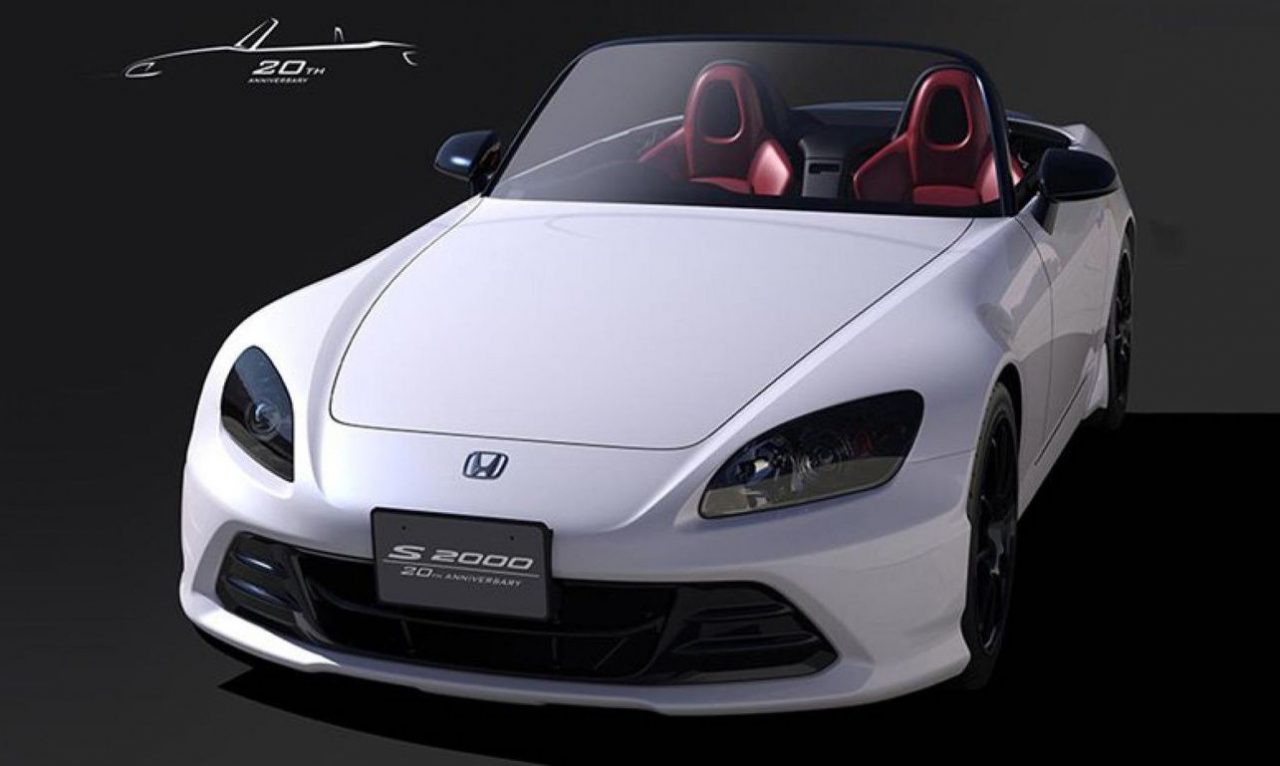Whether you’re protecting yourself from kangaroos or driving a paddock basher, a bullbar can be a necessary component on your car when out in the country.
Bullbars are an essential piece of safety equipment for your vehicle, especially when heading off the beaten track. But where to start? There’s heaps of brands out there to choose from, and factory-backed genuine options for some vehicles, with all kinds of price points. Buying a suitable bullbar for your vehicle can be a tough order. We’ve put together a quick buying guide for you to make the process easier.
What types of bullbar are there?
There’s a myriad of different bullbars to choose from. In simple terms it’s a large piece of manufactured metal or plastic designed to protect the front of your vehicle. In many cases the bar also extends over your headlights to save from debris and potential roadkill causing significant damage to the front end of your car.
Bullbars are also commonly called ‘winch bars’, which are basically the same thing except with a winch on it to be towed out of sticky situations. Popular bullbar materials include:
Steel: Steel is traditionally the most popular type of bullbar material, favoured for its strength and durability. It also provides the most protection in event of a kangaroo mishap. They are also cheaper than aluminium in a lot of cases. The downside is the weight, which can wear on tyres, hamper braking distance due to uneven weight distribution and also worsen fuel economy. A steel bullbar can weigh upwards of 80kg – a full-grown human! As a result, front suspension can sag upwards of 10mm, which will need to be accounted for.
Plastic: As you’d expect, plastic bars tend to be the lightest and cheapest, yet weakest. Only designed for lighter impacts and brushing, plastic bars are also more pedestrian friendly. In this case, a plastic bar may only be suitable for sealed roads in built-up areas, as they won’t offer as much protection in the event of Skippy deciding to tackle your car.
Aluminium/Alloy: A suitable blend of light weight, and strength, aluminium bars come at the cost of generally being the most expensive. In the event of a crash, replacing an aluminium bar could prove more costly, yet the trade-off in weight could be worth it – they often weigh just half of an equivalent steel bar! Alloy bars also come with the added benefit of being rust proof.
Aluminium bars have been muscling in on steel’s market share over the past few years. However, for out and out strength, it’s hard to beat a steel bar, just keep in mind it’s likely heavier – much heavier.
Styles of bullbar
There are quite a few styles of bullbar available on the market, and each fulfil a slightly different role.
Triple Hoop: The traditional ‘heavy duty’ bullbar you see out on country roads. It offers the maximum amount of protection, including headlights, at the cost of being the bulkiest.
Single Hoop: Essentially a ‘triple hoop’ without protecting the headlights, a single hoop extends over the radiator. Lighter than their tripled cousin, the single hoop protects the essentials at the expense of leaving your headlights in the open.
Nudge Bar: Nudge bars aren’t mounted to the chassis of the vehicle and merely offer light protection. They won’t protect you in the event of an animal strike but could be useful for debris and clearing foliage.
In addition, there are a couple types of bar designed for rallies and non-road use, including competitions. They are:
Baja Bar: Less designed for protection and more for easy winching, as the name implies they are commonly seen on ‘Baja’ desert racing cars. Attached to the chassis, they can be used with high-power winches more easily in competition applications.
Competition Bar: A bar with slightly higher ground clearance, these bars are designed for off-road/competition use and can be easily removed in the event of a collision. They can also be fitted with numerous lights to power through rally tracks.
How much do bullbars cost?
The price differs based on which material is used. For the sake of comparison, alloy bars are typically more expensive than steel bars. When buying a bullbar from a third party manufacturer, the price typically includes installation onto the chassis. A high-quality, steel bar fitted usually costs around $1700, while an alloy bar might be slightly more expensive.
What about buying a used bullbar?
Buying a used bullbar is generally fine provided they fit Australian manufacturing laws. As with anything used, it pays to inspect the condition of the bullbar in question. If it’s hit a roo, it’ll likely need replacing. Depending on the impact, this could mean both the mounts and bullbar itself. If you’re going to sites such as Gumtree for a used bullbar, keep in mind you’ll usually need to be willing to fix the bullbar yourself. If you’re not comfortable with this, it’s usually a case of getting a brand or manufacturer and getting them to install it with one of their fit kits.
There are quite a few popular brands of bullbar in Australia including:
- ARB
- East Coast Bullbar
- Ironman 4×4
- EFS 4WD
- Smartbar
- TJM
- XRox
These brands provide Australian certified bullbars complete with installation kits and can usually provide installation for you for a fee.
Cutting out the bull…bar
No matter what bullbar you decide to go with, for on-road use, it needs to be Australian certified. Under these laws, there are general strength and rigidity requirements, as well as some pedestrian safety stipulations. Compliant bullbars should be airbag compliant, as well.
Once that’s sorted out, you can look at fitting accessories, such as spotlights, antennas, winch kits and more. A bullbar is necessary for a lot of people living outside of the big cities. Apart from mere ‘aesthetic’ standpoints, a bullbar can be a lifesaver. After all, kangaroos can be pretty stupid, and they wreak havoc on your car if you hit one at 100km/h.



